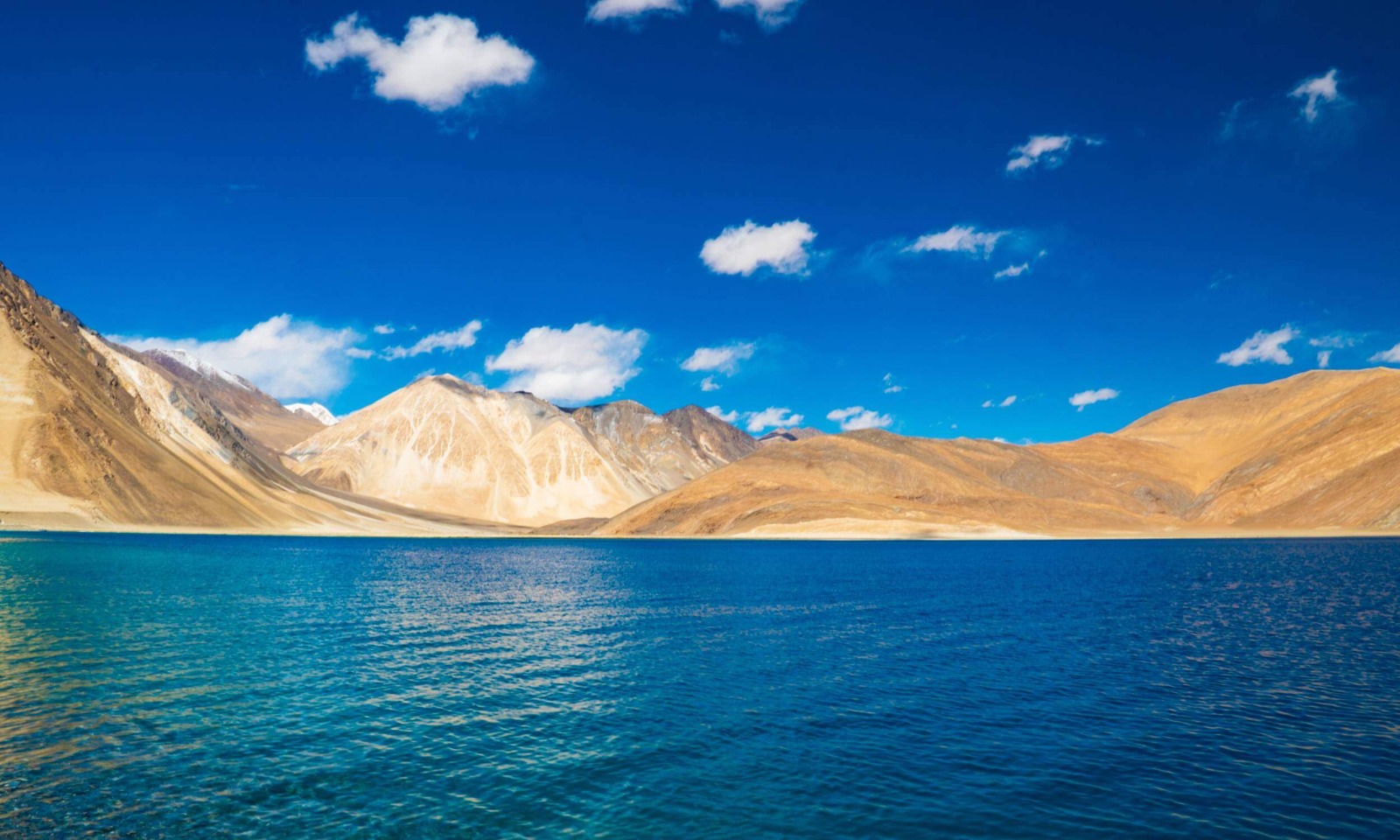


Explore the Tourist Attractions of Ladakh
Leh Palace: A historic palace with panoramic views of Leh
Nubra Valley: A scenic valley known for its sand dunes and double-humped camels.
Hemis National Park: Home to the endangered snow leopard and diverse wildlife.
Magnetic Hill: A gravity-defying phenomenon where cars appear to roll uphill.
Khardung La: One of the highest motorable passes in the world.
Pangong Lake: A mesmerizing blue lake that changes color with the sky.
Shanti Stupa: A peaceful stupa offering stunning views of Leh.
Zanskar: A remote valley known for its rugged terrain and adventure opportunities.
Thiksey Monastery: A beautiful monastery with incredible architecture.
Tso Moriri: A serene high-altitude lake surrounded by snow-capped peaks.
Gurdwara Pathar Sahib: A sacred site for Sikhs with a unique legend.
Pangong Tso: Another name for Pangong Lake, famous for its beauty.
Spituk Gompa: A monastery with a rich history and stunning views.
Alchi Monastery: Known for its ancient art and spiritual significance.
Hall of Fame: A museum that honors the bravery of Indian soldiers.
Kargil: A town known for its historical significance and scenic beauty.
Stok Monastery: Home to a rich collection of Buddhist relics.
Diskit Gompa and Diskit Monastery: A prominent monastery with a giant Buddha statue.
Tsomoriri Lake: A beautiful high-altitude lake perfect for nature lovers.
Changthang Wildlife Sanctuary: A haven for rare and exotic wildlife
Kargil War Memorial: A tribute to the soldiers who fought in the Kargil War.
Lamayuru Monastery: One of the oldest and most revered monasteries in Ladakh.
Leh and Kargil serve as the capitals of Ladakh, which is divided into 7 districts. The region boasts the highest elevation at Saltoro Kangri with a peak of 7,742 meters (25,400 ft), making it one of the most sparsely populated and rugged areas in India. Ladakh’s culture and history are deeply intertwined with those of Tibet, adding to its unique charm.
A key cultural highlight is the Dosmoche Festival, celebrated at the beginning of the Tibetan New Year. Held at Leh Palace, this vibrant festival marks the victory of good over evil and is a must-see for visitors seeking to immerse themselves in Ladakhi traditions.
Send A Enquiry Now
Summer (March–July): Ideal for sightseeing and exploring outdoor attractions.
Monsoon (August–October): Offers a quieter experience with fewer tourists
Winter (November–February): Perfect for snow lovers and winter sports enthusiasts.
Peak Season (April–June): The most popular time for travelers, offering clear skies and pleasant weather.
Whether you’re drawn to the majestic mountains, serene lakes, or the spiritual essence of Ladakh, there’s something here for every traveler.




